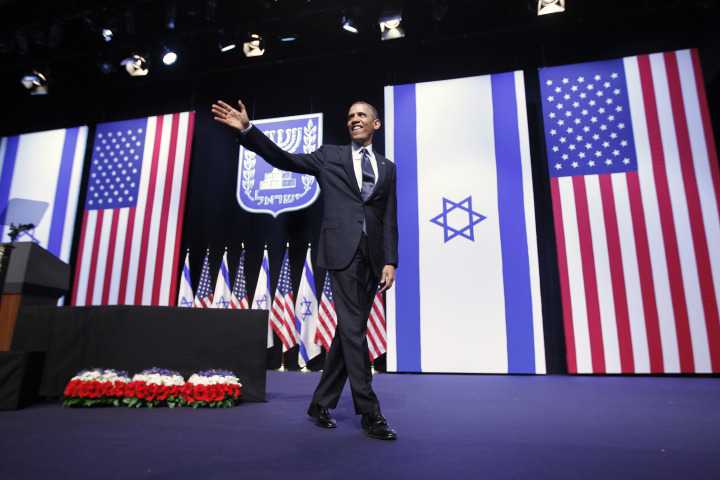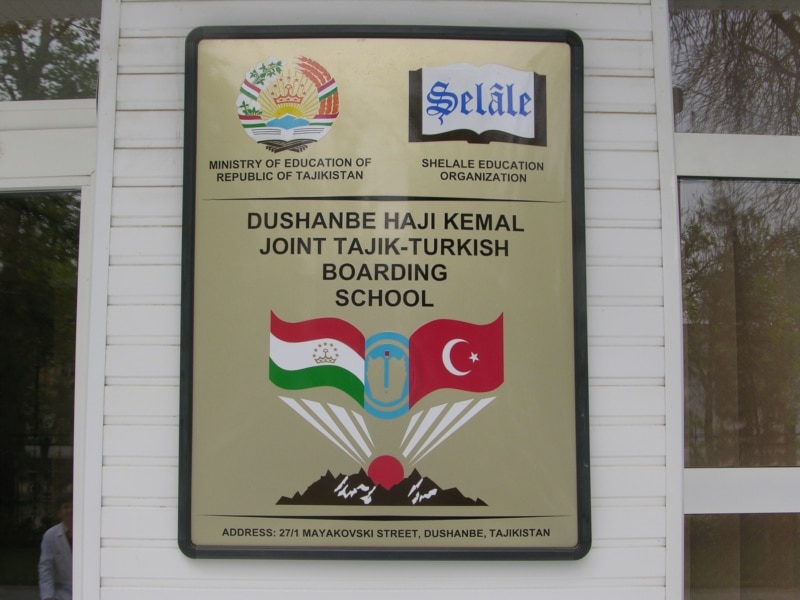
Saidjon speaks four languages and has won two international education contests. While trips abroad are beyond the dreams of most pupils in Tajikistan, Saidjon’s school opens the world to its students.
“I’ve traveled to many countries to take part in Educational Olympiads,” Saidjon says. “I went to Kazakhstan, Mongolia, and Vietnam. I mean, we are given an opportunity to see the world, to broaden our knowledge, and to represent Tajikistan in the international arena.”
The Haji Kemal boarding school is highly popular with children from Tajikistan’s elite and well-to-do families.
Lessons are taught in four languages — English, Turkish, Russian, and Tajik.
Unlike many ordinary schools in the country, Haji Kemal is equipped with modern teaching facilities. Its thoroughly renovated, two-story compound with a gated courtyard stands out among other buildings in the area.
Tolerance And Dialogue
The first so-called Turkish schools in Central Asia were founded in the mid-1990s. Turkish educational institutions there — as well as in countries from Russia to North America — were set up by the Gulen movement led by Turkish Islamic scholar and author Fethullah Gulen. Gulen is a Sunni Muslim who advocates tolerance and dialogue among different religions.
More than 65 Turkish educational institutions were once operating in Uzbekistan alone. There are some 25 Turkish schools, including boarding schools and two universities, in neighboring Kyrgyzstan. Tajikistan has six such institutions.
Throughout Central Asia, Turkish schools are known for their strict educational methods and discipline and are highly regarded by students and parents.
The majority of national and regional education contests are won by Turkish lyceum students. Easily passing English-language tests, many graduates win scholarships to Western universities.
Parents go to great lengths to enroll their children in Turkish schools, hoping such education will guarantee bright futures for them.
Ulterior Agendas?
Yet, Turkish educational institutions have come under increasing scrutiny in Central Asia. Governments as well as many scholars and journalists suspect that the schools have more than just education on their agendas.
In Turkmenistan, education authorities have ordered Turkish lyceums to scrap the history of religion from curriculums.
In the only Persian-speaking country in the region, Tajikstan, the government, as well as academics, are wary of the possible spread of pan-Turkic ideas. They fear that these schools promote Turkish influence and the Turkish language in their country.
However, it is Uzbekistan that has taken the toughest stance toward Turkish schools. In 1999, Tashkent closed all Turkish lyceums after its relationship with Ankara turned sour.
This year, the authoritarian Uzbek government headed by President Islam Karimov took things a step further by arresting at least eight journalists who were graduates of Turkish schools. The journalists were found guilty of setting up an illegal religious group and of involvement in an extremist organization.
According to Uzbekistan’s state-run media, the imprisoned men were members of the banned religious group Nurchilar and received prison sentences ranging from 6 1/2 to eight years. They have denied the charges.
The state-run media claims that Nurchilar followers have been active in Uzbekistan since the early 1990s, with the aim of undermining the country’s secular system.
Islam In Political Life
Uzbek officials have expressed suspicions that Turkish-school graduates in government offices and other key institutions use their positions to weaken the secular government. They charge that graduates of Turkish schools promote an aggressive form of Islam and even a role for Islam in political life.
There is something of an irony in the fact that such charges are being directed at schools inspired by the teachings of Fethullah Gulen. Gulen, though controversial, is generally regarded as a moderate Islamic thinker who condemns extremism and terrorism and promotes tolerance and harmony in society. He has written more than 60 books on subjects ranging from religion, Sufism, social and education issues, to art, science, and sports.
The 68-year-old scholar calls on Muslims to study both religion and modern science, including Darwin’s theory of evolution.
He was also once a follower of Said Nursi before he broke ranks with that Turkish scholar’s mainstream movement, which many see as the basis of Nurchilar.
However, Ilhom Merojov, a Russia-based academic, insists there is no such group or Islamic ideology called Nurchilar.
Merojov said there are people in Uzbekistan who are followers of Nursi, a Turkish religious thinker who advocated combining scientific and religious education, supported Turkey’s participation in Western organization, and tried to unite Muslims and Christians in the fight against communism.
Merojov, whose translation of Nursi’s works prevent him from returning to his native Uzbekistan, said that although there are Turkish lyceum graduates among Nursi and Gulen followers, these people are not necessarily related to Turkish schools.
“Uzbek authorities’ claims do not make any sense at all,” says Merojov. “Moreover, Gulen’s and Nursi’s works promote the exact opposite of religious extremism.”
“In Said Nursi’s 14 volumes of works, there is not a single page that mentions extremism. Likewise, Fethullah Gulen’s works have nothing to do with extremism. Not at all. Their works are about science and religion,” Merojov says. “They call for studying both science and Islam, because Islam says that a person who understands science can better understand Islam. These two scholars support dialogue — they support peaceful coexistence.”
Gulen, who currently resides in the United States, condemns terrorism and insists there is no connection between terrorism and Islam. In Turkey, he has been accused of trying to overthrow the secular system in order to replace it with an Islamic state. However, a Turkish court acquitted him in 2006.
The Gulen movement insists it has no political agenda. And Turkish schools have lately been taking steps to prove it.
‘Suspicious’ Content
In an unprecedented move earlier this year, Turkish lyceums in Tajikistan invited local journalists to examine their curriculums to ensure they do not include “suspicious” and “dangerous” content.
In Turkmenistan, Turkish schools have accepted the government’s demand to remove all religion-related subjects from their teaching programs.
As for Uzbekistan, it is unlikely that Turkish schools will resume operations there any time soon.
Many Uzbek experts believe that Turkish schools and so-called Nurchilar followers have simply fallen victim to the Uzbek government’s paranoia about dissent and opposition.
Tashpulat Yuldashev, an Uzbek political analyst, told RFE/RL that Nurchilar is “just a new enemy created by the government to justify its repressive policies.”
“Because of his own fear, [Islam] Karimov has fought against Wahhabists, Hizb ut-Tahrir, and Akramiya groups. They all are suppressed and now Karimov has to find a new enemy,” Yuldashev says. “It shows that there are problems inside the country and that Karimov feels insecure. In order to keep people in constant fear and turn their thoughts away from social and economic hardships, he always needs a new enemy within.”
In Dushanbe’s Haji Kemal boarding school, Saidjon is looking forward to going to an English-language university abroad to study physics.
“I want to go either to Prague or Seoul,” said Saidjon. “I will study there and come back to serve my country.”
RFE/RL’s Uzbek, Tajik, Kyrgyz, and Turkmen services contributed to this report
https://www.rferl.org/a/Turkish_Schools_Coming_Under_Increasing_Scrutiny_In_Central_Asia/1616111.html


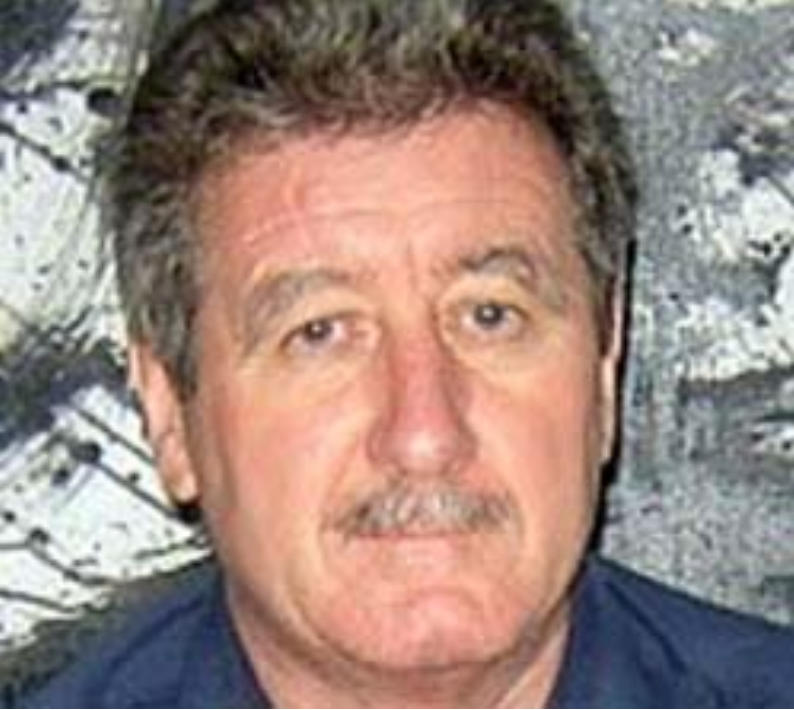
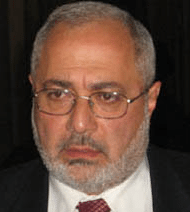 That was the retort from a leader of one of Armenia’s coalition parties, when in 2004 he was asked whether Armenia should resolve its differences with its western neighbor; the person who promised to release details of his 2004 Parliamentary Commission studies of grants, credits and humanitarian assistance, former Deputy Speaker of the Armenian National Assembly, Vahan Hovhanissian.
That was the retort from a leader of one of Armenia’s coalition parties, when in 2004 he was asked whether Armenia should resolve its differences with its western neighbor; the person who promised to release details of his 2004 Parliamentary Commission studies of grants, credits and humanitarian assistance, former Deputy Speaker of the Armenian National Assembly, Vahan Hovhanissian.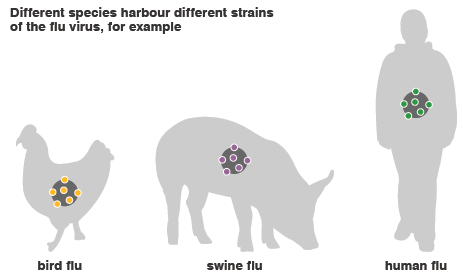





 Q&A
Q&A Eyewitness map
Eyewitness map
